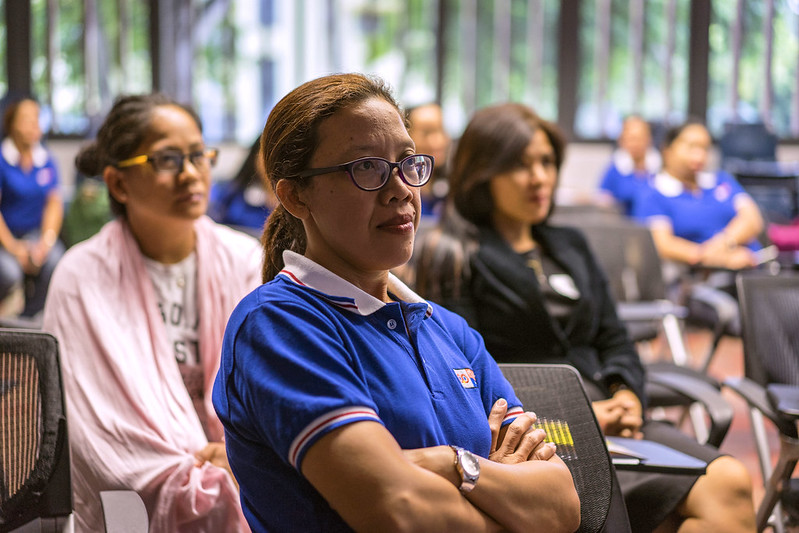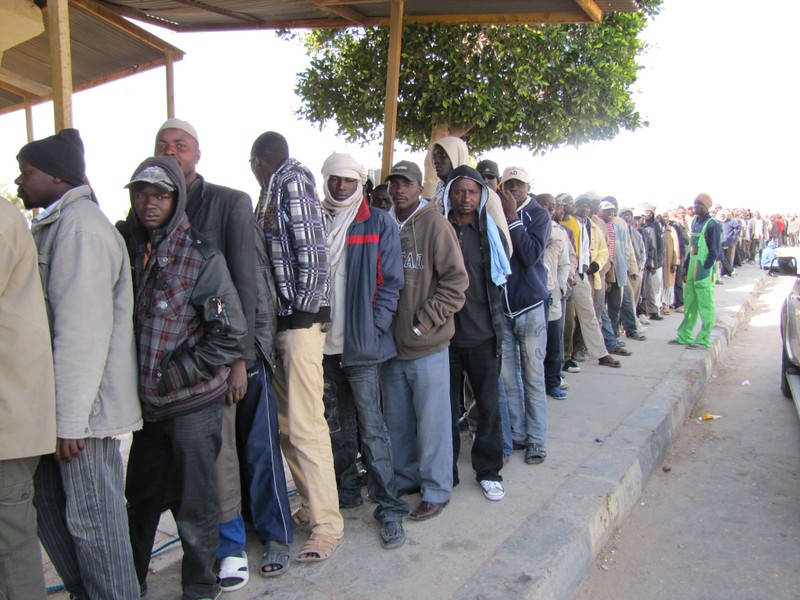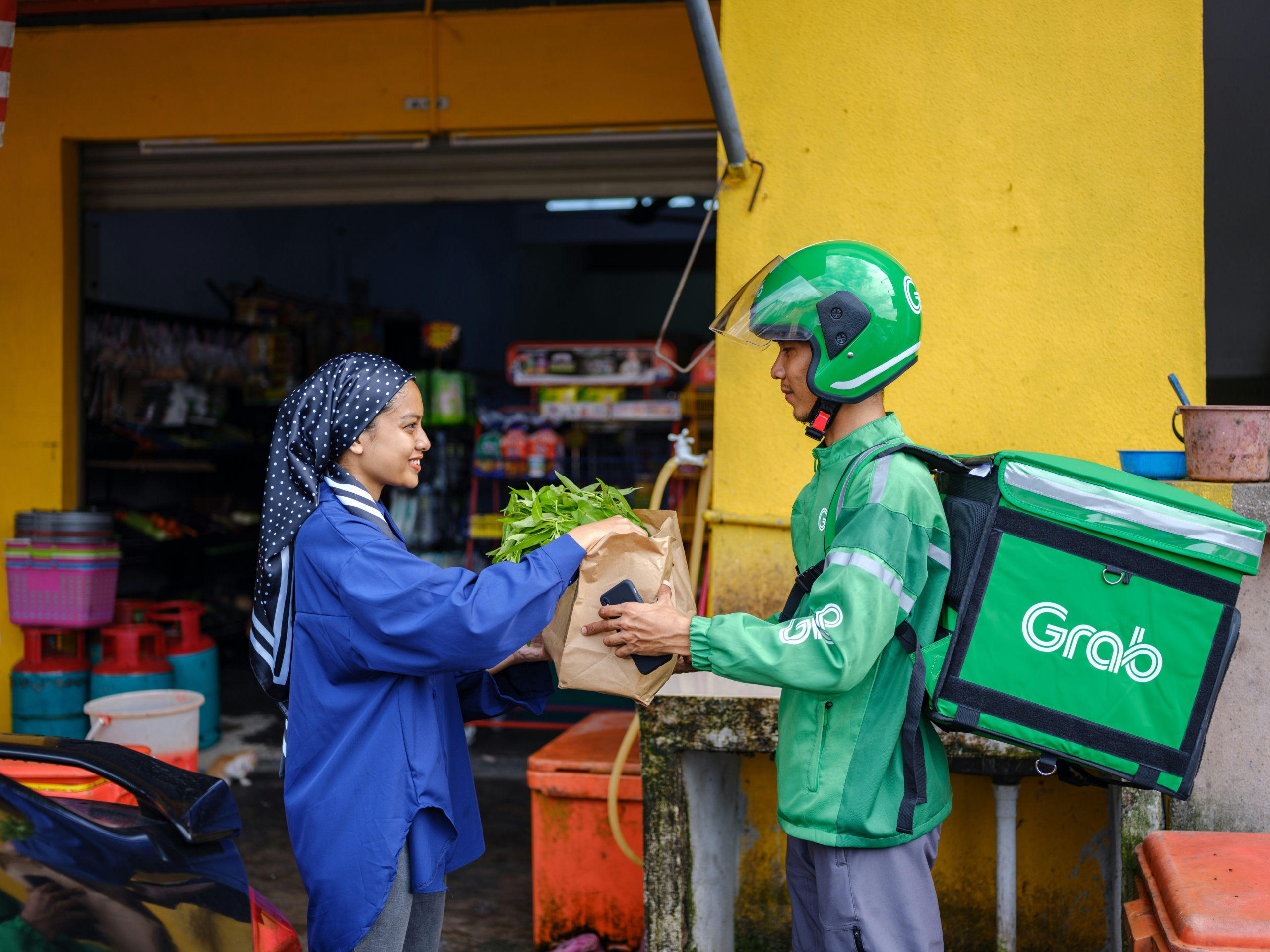 Singapore, one of the wealthiest countries in the world, is often recognized for its top-tier education systems. High test scores, prestigious schools and rigorous math programs are all thoughts that come to mind when thinking about the Singapore education system. However, not everyone is privileged enough to receive this top-notch education in Singapore. About 12% of Singaporean families are low-income families, barely earning enough money to support their families. With this comes the inability to provide high-quality education for children. To help combat this issue, these three organizations are all working to make sure people in poverty are also receiving a good education.
Singapore, one of the wealthiest countries in the world, is often recognized for its top-tier education systems. High test scores, prestigious schools and rigorous math programs are all thoughts that come to mind when thinking about the Singapore education system. However, not everyone is privileged enough to receive this top-notch education in Singapore. About 12% of Singaporean families are low-income families, barely earning enough money to support their families. With this comes the inability to provide high-quality education for children. To help combat this issue, these three organizations are all working to make sure people in poverty are also receiving a good education.
Project Dignity
Established in 2010, Project Dignity has a mission of giving back “dignity” to lower-class individuals through education and specialized training. The organization provides skills training and employment opportunities for people who are living in poverty. It also welcomes people with learning or physical disabilities. Project Dignity’s Kitchen teaches people the skills needed to work in the food and beverage industry. In addition, other projects focus on educating people and giving unemployed people skills that can potentially help them get employed. Through this service initiative, the organization helps people get employable skills and also gives them confidence in their work and education, helping them escape poverty.
ReadAble
This organization was founded in 2014 and is focused on literacy and education for children living in poverty. It offers reading and language programs for these children. The organization has volunteer tutors who work with children and develop their reading and writing skills. It aims to encourage children to love learning and have a desire to learn more. This organization helps children with less resources and privilege build the confidence and skills needed to do well academically, giving them a better chance at a brighter future. Essentially, this organization works to provide quality education and assistance with education in Singapore for lower-class children.
South Central Community Family Service Centre
Established in 2013, the South Central Community Family Service Centre helps lower-class families that are struggling to make ends meet. It focuses on assisting adults and children in an educational aspect. It provides many services, including financial aid for school fees, tuition programs and educational workshops for children and even their parents. Its approach ensures that families receive not only the financial support they need but also the mentorship and resources to help their children do well in school. This organization does significant work to help lower-income children receive equal education as all other Singaporean children. Ultimately, this organization strives to make quality education in Singapore accessible to all.
Looking Forward
While Singapore is often regarded as a country with the best education, not everyone is living this reality. However, Project Dignity, ReadAble and the South Central Community Family Service Centre are all nonprofit organizations working to make every child employable and have a proper education for a job in the future. These organizations all recognize that education is a key variable in helping children escape the poverty cycle. Disparity in education in Singapore is still a critical issue that has very little awareness.
– Poppy Duggal
Poppy is based in Munich, Germany and focuses on Good News for The Borgen Project.
Photo: Flickr


 Located off the southern tip of Malaysia, Singapore, one of Asia’s wealthiest nations, boasts a thriving economy and impressive infrastructure. Despite this, the perception that all of its 5 million citizens live above the poverty line is misleading. In reality, numerous Singaporeans struggle to meet basic needs, with many earning insufficient incomes to secure stable food supplies. Consequently, food insecurity remains a significant concern within the country. As of 2023, more than
Located off the southern tip of Malaysia, Singapore, one of Asia’s wealthiest nations, boasts a thriving economy and impressive infrastructure. Despite this, the perception that all of its 5 million citizens live above the poverty line is misleading. In reality, numerous Singaporeans struggle to meet basic needs, with many earning insufficient incomes to secure stable food supplies. Consequently, food insecurity remains a significant concern within the country. As of 2023, more than 
 Singapore is a country at the tip of the Malaysian peninsula in Southeast Asia. The country
Singapore is a country at the tip of the Malaysian peninsula in Southeast Asia. The country 
 Financial assistance schemes in Singapore aim to help low-income families equip their children for future success. Despite challenges in measuring poverty within Singapore, data reveals that the country ranks
Financial assistance schemes in Singapore aim to help low-income families equip their children for future success. Despite challenges in measuring poverty within Singapore, data reveals that the country ranks  According to the
According to the